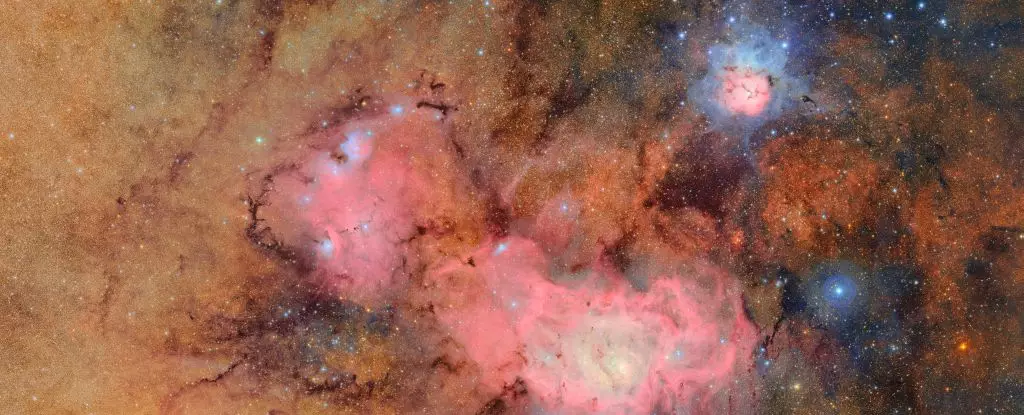The anticipation surrounding the Vera C. Rubin Observatory is reaching a fever pitch as it prepares to unveil its first major set of images. These initial glimpses into the cosmos promise to redefine our understanding of the universe, showcasing a staggering array of celestial wonders in a remarkably short time span. Within just ten hours of observation, the observatory has recorded millions of galaxies and an exciting variety of asteroids, heralding a new epoch in astronomical research. This is not just another telescope; it’s a powerful instrument set to revolutionize our observational capabilities.
Unmatched Vision in the Night Sky
Central to the observatory’s capabilities is the Legacy Survey of Space and Time (LSST), an ambitious ten-year project aimed at thoroughly mapping the southern sky. This survey will utilize an enormous 3,200-megapixel camera, the largest ever constructed, to capture images in near-ultraviolet, optical, and near-infrared wavelengths. This remarkable feat will enable astronomers to create a comprehensive time-lapse of the universe, recording each section of the sky around 800 times. The sheer volume of data generated from such an endeavor surpasses anything seen in past astronomical endeavors, positioning the Rubin Observatory as a game changer in the field.
The Beauty and Science of Nebulas
One of the standout images revealed thus far captures the stunning Trifid and Lagoon nebulas, regions known for their role as stellar nurseries, located just a few thousand light-years from Earth. These ethereal clouds are not only visually captivating but serve as crucial laboratories for studying stellar formation and evolution. The composite image itself is a product of 678 individual observations conducted over a meticulous seven-hour period, reflecting the observatory’s commitment to precise detail and high-quality imagery.
As Brian Stone, acting director of the NSF, has aptly remarked, the data collected by the Rubin Observatory will eclipse the cumulative information gathered by all previous optical telescopes. This monumental claim underscores the observatory’s potential impact on modern astronomy.
A Broader Scientific Impact
The implications of this groundbreaking technology extend far beyond just capturing breathtaking images. The comprehensive datasets generated will inspire new theories, unlock mysteries of dark matter and dark energy, and possibly even lead to the discovery of new celestial bodies. It is with this understanding that the scientific community approaches the unveilings; these are not merely images, but stepping stones towards profound cosmic revelations.
As the observatory gears up for its full image reveal set for June 23, 2025, the excitement within the astronomical community is palpable. The innovative methods employed by the Vera C. Rubin Observatory promise to catalyze a deeper comprehension of our universe. The pending discoveries will not only spark curiosity but also empower the next generation of astronomers with the tools needed to uncover the secrets of the cosmos. The future of astronomy is bright, and it begins with the treasures unveiled by this extraordinary observatory.

